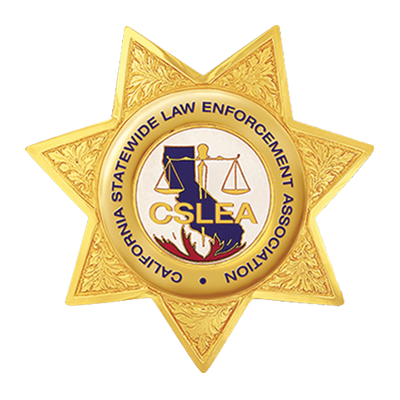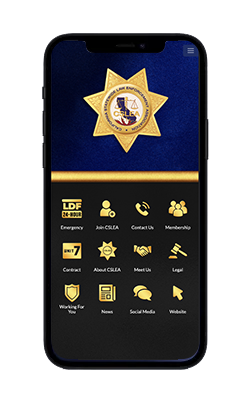SANTA ANA – The California Medical Board assisted with an investigation that has lead to a guilty plea by a Santa Barbara physician who is linked to the overdose deaths of numerous patients.
On January 9, 2015, Julio Gabriel Diaz, 65, known to some of his patients as the candy man, was remanded into custody after he pleaded guilty to 11 federal drug trafficking charges for writing prescriptions for powerful painkillers for “patients” who were drug addicts.
Diaz, who operated the Family Medical Clinic in Santa Barbara prior to his arrest two years ago, pleaded guilty to 10 counts of distributing controlled substances without a legitimate medical purpose and one count of distributing controlled substances to a minor (which, under federal law, is a person under 21).
Court documents previously filed in this case, as well as civil lawsuits, link Diaz to fatal drug overdoses. However, he was not specifically charged with causing any deaths, nor did he specifically admit causing any deaths during the January 9th hearing.
“Dr. Diaz was, quite simply, acting as a common drug dealer,” said United States Attorney André Birotte Jr. “The diversion of powerful painkillers from legitimate medical uses to the hands of drug abusers is a dangerous practice that fuels addiction and causes overdoses. Far too many of the illegal prescription drugs that find their way to street users come from doctors who, like Julio Diaz, choose to betray their Hippocratic oath.”
“This is a case in which federal, state and local law enforcement agencies worked together to put a stop to the very dangerous practice of this doctor writing prescriptions illegally,” said Alan Barcelona, president of the California Statewide Law Enforcement Association (CSLEA). “Unfortunately, there are other doctors of this type out there and these investigators have their work cut out for them.”
In a plea agreement filed last year in United States District Court, Diaz admitted distributing narcotics such as oxycodone, methadone, hydrocodone, alprazolam, fentanyl and hydromorphone in 2009 and 2010. Diaz admitted that he distributed or dispensed the narcotics “while acting and intending to act outside the usual course of professional practice and without a legitimate medical purpose.”
The investigation into Diaz was conducted by the Drug Enforcement Administration and the Santa Barbara Police Department, which received the assistance of the California Medical Board.
Diaz is scheduled to be sentenced on June 2, 2015. He will be held in jail until his sentencing and faces a maximum statutory sentence of 200 years in federal prison and fines of up to $10 million.



